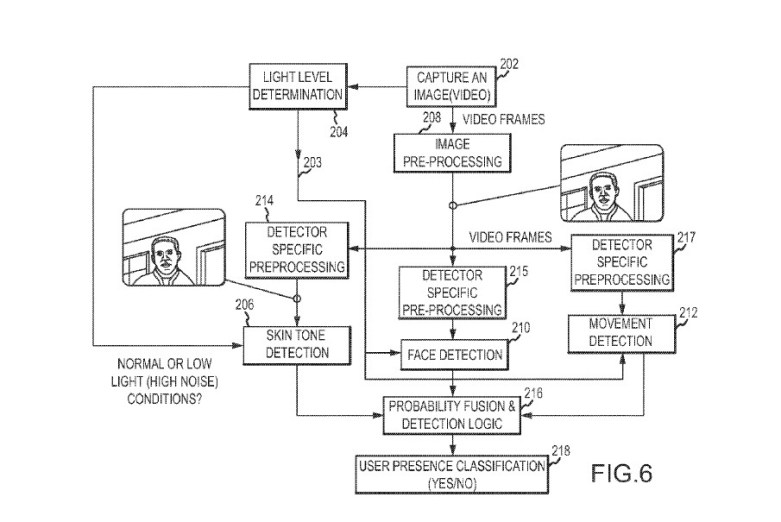Every new iPhone has a unique feature meant to make it stand out. The iPhone 8 might have more than one, including a bezelless display that occupies almost the entire front side of the screen, and an advanced iris sensor that could replace the Touch ID fingerprint sensor. In fact, until recently, we thought that the Touch ID in the iPhone 8 will also turn out to be a signature feature, but recent reports claim that Apple won’t include a fingerprint sensor into the display of the iPhone 8.
A new discovery, meanwhile, indicates that the iris-scanning technology may come to the Mac line in the future, where it could be even more useful.
I’m not a big fan of unlocking phones with my eyes, and I already explained why I think fingerprint sensors are a lot easier. At the same time, I have no idea how powerful Apple’s iris unlock feature really is, and whether it’ll be even faster or more secure than the current Touch ID tech.
But pack the same functionality into a MacBook’s camera, and things could get interesting. A recent report said that Apple’s iris unlock is so powerful that it can unlock the phone even if it’s not placed directly in front of your eyes.

A new patent application called Presence Sensing , first seen by Patently Apple, describes a similar technology that would allow a computer to detect the user’s presence in a room and provide an adequate response.
The iris unlock mechanism in a Mac would be able to detect the people in the proximity of a computer, determine whether any of the faces/iris match the ones stored in the secure enclave, and even predict whether the user is going to use the Mac or not.
The Mac would be able to toggle between various power modes while idling. A low-power state would help it monitor the room for people, while a higher powered mode will kick in only when an actual iris or facial scan is required.
The iris mode could also be used to enter power saving modes automatically, based on what the user is doing. The Mac might be smart enough to determine when to enter display sleep mode or a deep system sleep mode based on what the user is doing. The actions might be instantaneous and could save extra battery power on MacBooks in the future. Even if battery life is of no concern to the user, having the MacBook or iMac lock up almost instantly after the user leaves is still a great feature when it comes to protecting one’s privacy.
That said, these inventions are theoretical at this point, and there’s nothing to guarantee Apple will bring its iris and face recognition technology to the Mac in the future.








